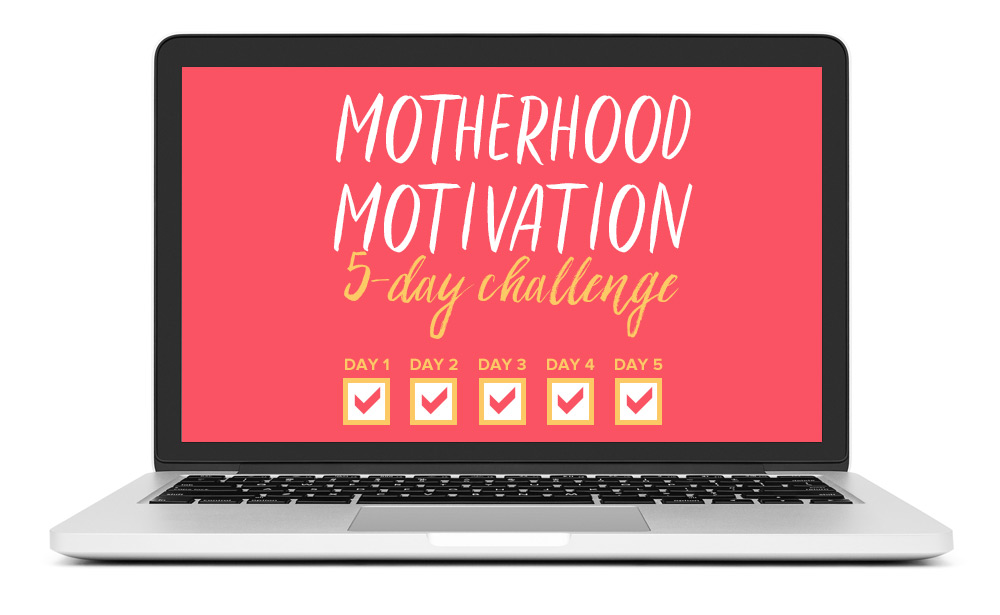How to Stop Your Baby from Snacking on the Breast
Struggling with your newborn constantly nursing? Nonstop breastfeeding can take its toll on any mom. In this article, I’ll walk you through how to stop your baby from snacking on the breast and encourage full feedings instead.

Your new baby seems to be a “snacker.”
She eats for five minutes at a time but falls asleep at the breast or dribbles milk as she sucks. She wants to breastfeed this way all day instead of every few hours. And you’re worried that you’re encouraging bad habits that lead to interrupted sleep.
Is there anything you can do to encourage her to eat more at each feeding session?
Thankfully, you can help her eat fuller meals instead of little nibbles here and there, all while stretching her feedings so they don’t happen so often. Take a look at these tips to learn exactly how:
Table of Contents
Keep your baby awake during feedings
I thought I found the best secret when I realized that feedings often left my baby fast asleep soon after. “Now I know how to always make him fall asleep!” I said triumphantly.
Except this method has its drawbacks, from your baby nursing for an hour and still being hungry to creating unsustainable sleep habits. And of course, falling asleep usually meant short and frequent feeding sessions.
Instead, try to keep your baby awake and alert during feedings. That way, you’re certain that she’s eating and swallowing and that she eats as long as possible. Stroke her cheek, burp her and switch sides, even change her diaper.
If she still falls asleep, gently wake her up and latch once again to see if she’s willing to keep feeding.
Free email challenge: Feeling stuck in motherhood? Sign up for the Motherhood Motivation 5-Day Challenge! You’ll get one actionable tip a day that can make you think (and act) about motherhood differently. You’ll also get my newsletters, which parents say they LOVE:
“Your emails have seriously been such an eye-opener. I am so happy to have stumbled across your website on one of my many Google searches on handling toddler behavior. I can relate to almost every single article you have written on your website. You have seriously helped so much and your tips make so much sense! Whenever I feel like myself or my toddler are having an off day, I start at your website now instead of googling anything and I have found a relevant solution almost every time!!” -Valerie Herrera
Feed your baby after wake-up time
One reason your baby snoozes so easily from nursing could be her feeding schedule, especially if you feed her right before nap time. She’s already so sleepy by then that feedings could be cut short because she’d rather sleep. Plus, you may have no idea how to tell if she’s hungry or wants comfort.
Instead, try feeding her after she wakes up, not to fall asleep. For instance, the first feeding can happen after she wakes up for the day. Keep her awake for playtime, then, as nap time draws near, encourage her to sleep without needing a feed.
Then, feed her after she wakes up from the nap, and repeat the cycle with playtime and another nap. By feeding her after waking up, you run less of a risk that she might fall asleep mid-feed.

Entertain your baby
Want to stretch your baby’s wake time between feedings? See what happens if you find more ways to keep him entertained. There’s a chance that he could be eating frequently simply because of boredom.
Now, if your newborn is constantly hungry and crying, then you should feed him. After all, at this stage, we want to feed on demand, not on schedule. But sometimes you can delay the fussing (and your inclination to feed as a way to soothe that fussiness) by entertaining him instead.
Make a list of his favorite activities, from lying on the play mat to being carried around the house. Make faces at him or play peek-a-boo. Lay him under the mobile or read a book. You may be able to stretch that wake time long enough and, in doing so, the next feeding session as well.
Empty each breast
Do you find that your baby keeps unlatching but is still hungry after a feeding session? For many reasons—a fast letdown, a slow milk flow—he may not be getting the full amount of milk he needs.
One way to ensure that he gets his full fill is to empty each breast. The milk that initially comes out is the fore milk, which is more water-based and flows easily. This might be easier for him to drink, but may not fill him up completely.
By keeping him on the same breast for a long time (perhaps even the duration of the feeding session), he’s more likely to get the fattier hind milk as well.
Instead of only nursing five minutes on each side, try to nurse him for 20 minutes on one side. Then, see if he’s still hungry, and if so, offer the other side as well. On the next feeding session, offer the side he didn’t nurse on to keep them balanced.
Expert tip
Want to increase your milk supply at the same time? While your baby nurses on one breast, pump the other breast simultaneously. This “tricks” your body into thinking it needs to produce for two, not one. On the next feeding session, nurse him on the side you pumped and pump the side he nursed.

Don’t compare your baby to others
The worst feeling is hearing about other babies the same age as yours (or even younger) who are already eating and feeding in longer stretches. You assume that you’re doing something wrong when your baby wants to breastfeed constantly or that you’re setting yourself up for sleepless nights.
Remember that all babies truly are different. Just as some toddlers, kids, and adults have small appetites or snack frequently, so too do babies. And your baby might take longer to find her rhythm, which you should respect and cater to at this stage.
And if you’re worried you might never sleep, you always have the option to sleep train down the line when she’s older and with your pediatrician’s recommendation. Bear with the frequent feedings and short bursts of sleep for now, knowing it’s only temporary.

Frequently asked questions
If you’re in the early weeks of the newborn stage, know that snacking on the breast is pretty common. Breastmilk digests quickly, which means your little one will be hungrier more often. She also has a small stomach at this age that can’t take in as much milk.
This is why we hear about feeding on demand, especially since breastmilk digests quickly and newborns have small stomachs. You’re also increasing your milk supply and ensuring her healthy growth.
Feeding on demand is normal at this stage and can even be helpful. For one thing, frequent feedings increase your milk supply—your body will respond to the extra demands by producing more milk. You’re also ensuring her healthy growth, making sure that she’s gaining weight and getting the nutrients she needs.
And frequent feedings force you to relax and not do anything. As difficult as this can be with so many things to do, perhaps this is exactly what you need during this season in your life.
The bottom line
There’s no doubt about it: it’s not easy when your baby is never satisfied after breastfeeding. Thankfully, now you know a few tips to get her to eat more at each feeding instead of grazing along throughout the day. Hang in there, mama! You and your little “snacker” can be out of the woods soon.

Get more tips:
- 5 Reasons Your Baby Is Kicking While Breastfeeding
- When Your Baby Pulls Back to a Shallow Latch
- Baby Twisting and Pulling While Breastfeeding?
- How to Get Your Baby to Open Wide for a Latch
- 6 Reasons Your Baby Is Fussy at the Breast
Don’t forget: Join my newsletter and sign up for the Motherhood Motivation 5-Day Challenge today—at no cost to you:

